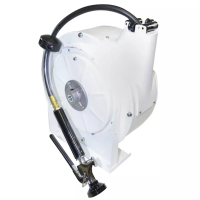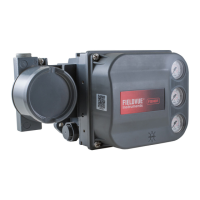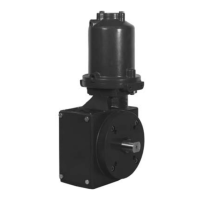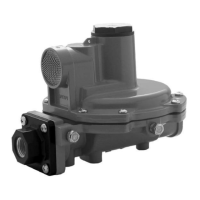5 18
Configuration
Function Parameters FCODE Range Unit Increment Default Selected
V&&? Valtk?
PKWXSS Maximum deviation 22 MeaS.
a”Y
1 digit Max
Value Delay time 23 o-999 s
IS 10
Monitoring
The controller uses the average of the signals from the previous
sample as the mean value reference.
(sensor 1 + sensor 2)
Mean Value =
n
If the average value exceeds the limit, the controller disables the
sensor that provided the value furthest from the limit, and the
controller uses the signal from the other sensor alone.
The controller continues to monitor the disabled sensor. If that sensor
later orovides a value inside the deviation limit, the controller enables
the sensor and returns to the averaging mode.‘To prevent
unnecessary oscillation from disabling and enabling a sensor that is
sending values near the limit, every sample has a hysteresis of 0.5
percent and a user-selectable time delay (FCODE 23).
If only one sensor is attached, disable PV monitoring using FCODE
116.
Function FCODE Option No Default Selected
V&K? V&X
PV 116 Disabled 0 0
Monitoring,
PV Monitoring, D03, DO4 1
PVIRSP PV Monitoring, not using DO 2
Value
Min selection All/Al3 PV 3
Selection Max selection All/Al3 PV
4
Min selection, AWAl3 SP 5
Max selection, AWAl3 SP 6
If a temperature transmitter is connected to Al3
(PV monitoring) as a second transmitter option
(redundant sensors/transmitters), All must have
the same measuring range and engineering unit
values.
Discrete outputs DO3 and DO4 indicate the status of the averaged
analog inputs when the user selects FCODE 116, option 2. When the
All sensor is disabled, the controller activates D03; when the Al3
sensor is disabled, the controller activates D04.
uM6.1:DPR900:9102 May 1991
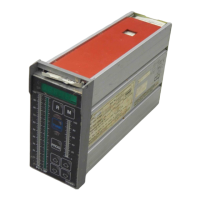
